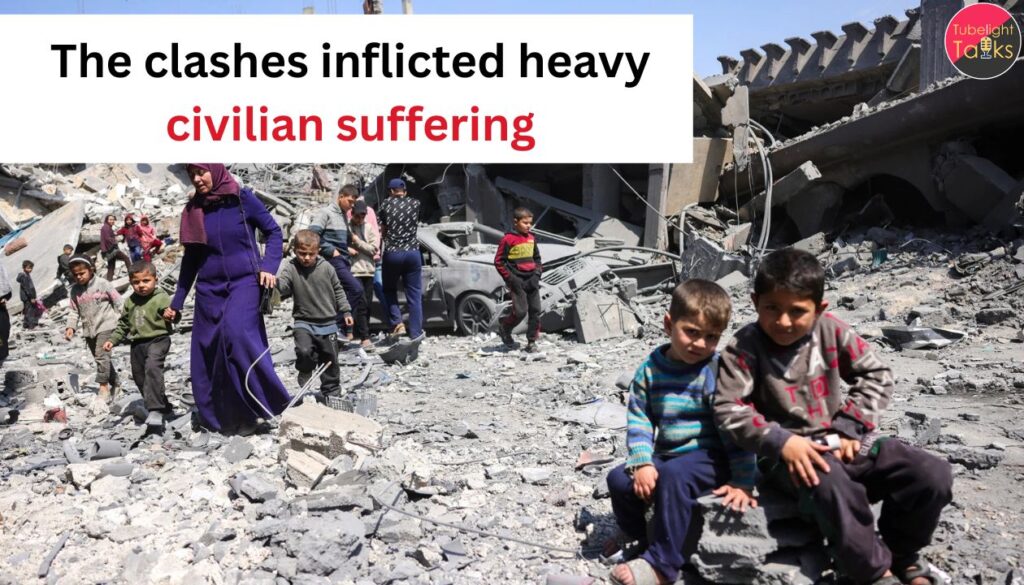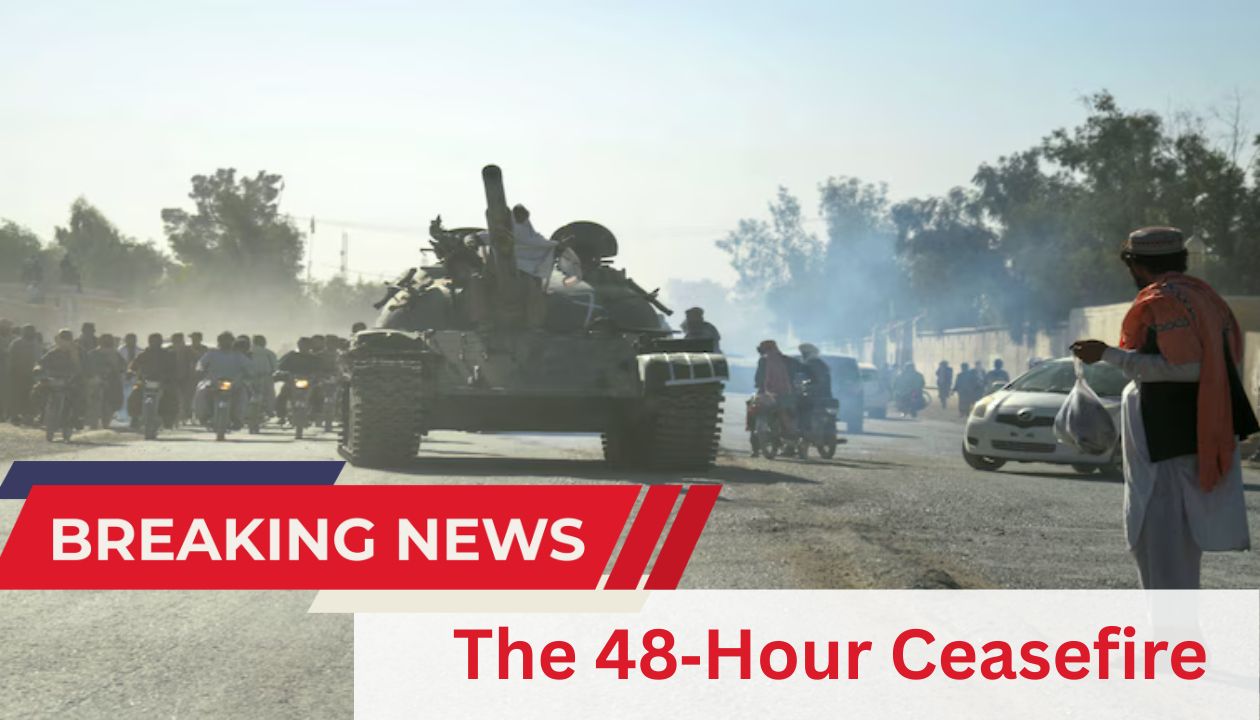In the wake of escalating violence along the Pakistan–Afghanistan border, Islamabad and the Afghan Taliban administration announced a temporary 48‑hour truce, effective from about 6:00 p.m. Pakistan Standard Time. The truce was declared following days of fierce clashes, including airstrikes and ground exchanges, which inflicted substantial casualties and raised international alarm.
Drivers of the Conflict
The recent flare‑up stemmed from long‑standing accusations by Pakistan that militant groups—including factions of the Tehreek‑i‑Taliban Pakistan (TTP)—are being sheltered in Afghan territory. Islamabad responded with airstrikes and shelling targeting suspected bases in border provinces like Kandahar and Paktika. Afghan officials counter that Pakistan’s strikes struck civilian areas, leading to deaths and displacement.
Terms and Mutual Claims
According to Pakistan’s Foreign Ministry, the truce is mutual and was agreed “in sincere efforts” to seek a peaceful solution through dialogue. Kabul, via Taliban spokespersons, has also confirmed the agreement, with the caveat that its forces would remain responsive if the truce is breached.
Each side claims the truce was requested by the other—Islamabad says the Afghan side sought it, while Kabul insists Pakistan insisted on the pause.
Also Read: Pakistan–Afghanistan Extend Ceasefire
Human Toll and Civilian Impact

In the run‑up to the truce, the clashes inflicted heavy civilian suffering. Afghan health centers reported dozens of civilian deaths and over a hundred wounded in border provinces like Kandahar, Paktika, and Helmand. Pakistan likewise reported military and paramilitary losses, including a reported suicide bombing that killed seven soldiers during the fragile ceasefire period.
Border towns and villages have seen mass evacuations, damage to homes and infrastructure, and closure of key crossings like Chaman and Torkham.
Diplomatic Moves and Regional Stakes
Role of Mediators
Qatar and Saudi Arabia have reportedly offered to host or facilitate talks between Islamabad and Kabul to extend the ceasefire and negotiate a durable solution. Pakistani delegations have already arrived in Doha, and Afghan representatives are expected to follow.
Conditions and Red Lines
For Pakistan, a primary demand is that Afghanistan actively curb militant groups operating against Pakistani territory. Islamabad has emphasized that any further dialogue must respect Pakistan’s security concerns. Kabul, while denying harboring such groups, has insisted that sovereign borders must be respected and civilian protection guaranteed.
Risks of Resumption
Observers caution that the truce is fragile. The presence of hardline extremist militants affiliated with ISIS-K and al‑Qaeda in the region complicates matters. Any misstep—either side or by proxy actors—could trigger swift retaliation.
From Power Struggles to Peaceful Coexistence
In moments of deep conflict, spiritual teachings often call for balance, inner discipline, and reconciliation. The recent truce between Pakistan and Afghanistan reflects more than tactical diplomacy: it underscores that even in geopolitics, harmony can emerge when parties practice restraint, listening, and conscientious action. As nations engage in dialogue, the same principles of clarity, equanimity, and unified purpose—central to the message of Sant Rampal Ji Maharaj’s Satgyan—can inspire a path beyond mere power struggles toward truly sustainable coexistence.
Path Forward and What’s at Stake
Whether the 48‑hour ceasefire will catalyze a longer peace depends on political will, regional pressure, and tactical restraint. If dialogue yields concrete agreements—on militant safe havens, border protocols, and security guarantees—the truce may pave the way for stability across a volatile frontier. But if hostilities resume, the region risks destabilization, humanitarian suffering, and renewed cycles of retaliation.
As diplomatic efforts intensify, the coming days will test whether the silence of guns can transform into enduring negotiation and whether both capitals prioritize peace over dominance.
FAQs: Pakistan‑Afghanistan 48‑Hour Truce
Q1. When did the 48‑hour ceasefire begin?
It began at approximately 6:00 p.m. Pakistan Standard Time (13:00 GMT) on Wednesday.
Q2. Why was the truce agreed upon?
To halt further escalation after days of deadly cross‑border airstrikes and ground clashes, and provide space for diplomatic talks.
Q3. What demands has Pakistan made to Afghanistan?
Pakistan insists that Afghanistan clamp down on militant groups that carry out attacks inside Pakistani territory.
Q4. Did Afghanistan agree voluntarily?
Yes, Kabul has confirmed it agreed to the truce, stating its forces would observe it provided Pakistan does not violate it first.
Q5. What happens if the ceasefire is broken?
Each side warned that violations would be met with military response. Full-scale fighting could resume if trust breaks down.










